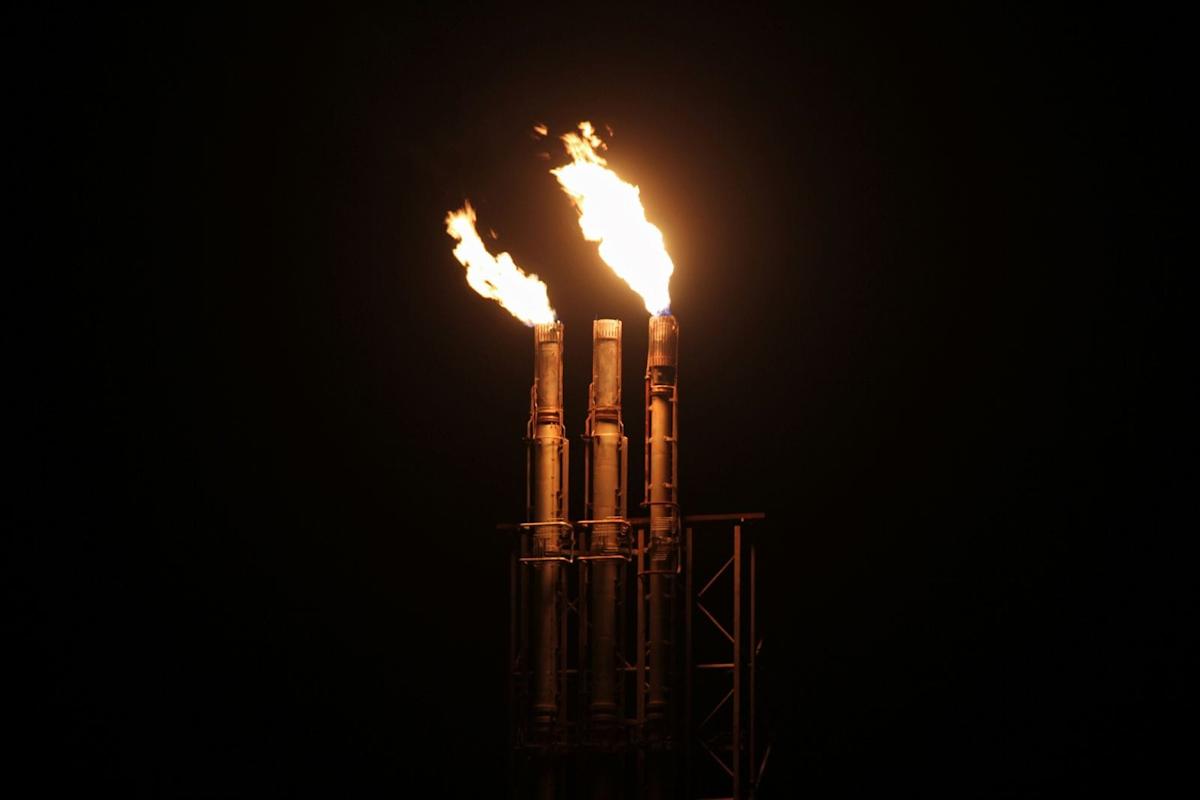July Nymex Natural Gas (NGN25) fell -0.131 (-3.70%) on Wednesday.
Wednesday’s July NAT-GAS price extended this week’s slide and dropped to two-week lows. Prices are low with forecasts to cool US temperatures and our abundant maintenance outlook for us to maintain abundantly. The Commodity Weather Group said Wednesday that it was for a cooldown behind the cold front in the eastern half of the US from June 20th to July 4th.
Another bearish factor is that Thursday’s weekly EIA NAT-GAS inventory rose by 88 BCF in the week that ended June 20th, surpassing his five-year average of +79 BCF.
Mitigating geopolitical risks is also bearish on the price of Nat-Gas due to the Israeli-Iran ceasefire. The ceasefire reduces the chance that Iran will close the Strait of Hormuz and destroy LNG shipping through that strait, which accounts for around 20% of the world’s LNG trade.
According to BNEF, low-state dry gas production of 48 on Wednesday was 105.9 BCF/day (+2.9% y/y). Gas demand in the 48 low state on Wednesday was 79.9 BCF/day (-0.4%y/y), according to BNEF. According to BNEF, net flow to the US LNG export terminal on Wednesday was 14.7 BCF/day (+9.2% w/w).
The decline in US electricity production is negative to NAT-GAS demand from utility providers. The Edison Electric Institute reported Wednesday that total US (48) electricity production for the week ended June 21 fell to -3.1% y/y to 91,334 GWh (gigawatt hours), while the US power output for the 52 weeks ended June 21 was 4,243,923 gwh from 2.6% y/y.
Last Wednesday’s weekly EIA report was below expectations of +97 BCF as the NAT-GAS inventory for the week ended June 13th fell below BCF +95 BCF, but was mixed at NAT-GAS prices as it was well above the five-year average build of +72 BCF during this period. As of June 13th, NAT-GAS stock was -8.0% y/y, +6.1% above the five-year seasonal average, signaling appropriate NAT-GAS supply. In Europe, the five-year seasonal average of 66% over the five-year period was 57% as of June 23rd.







